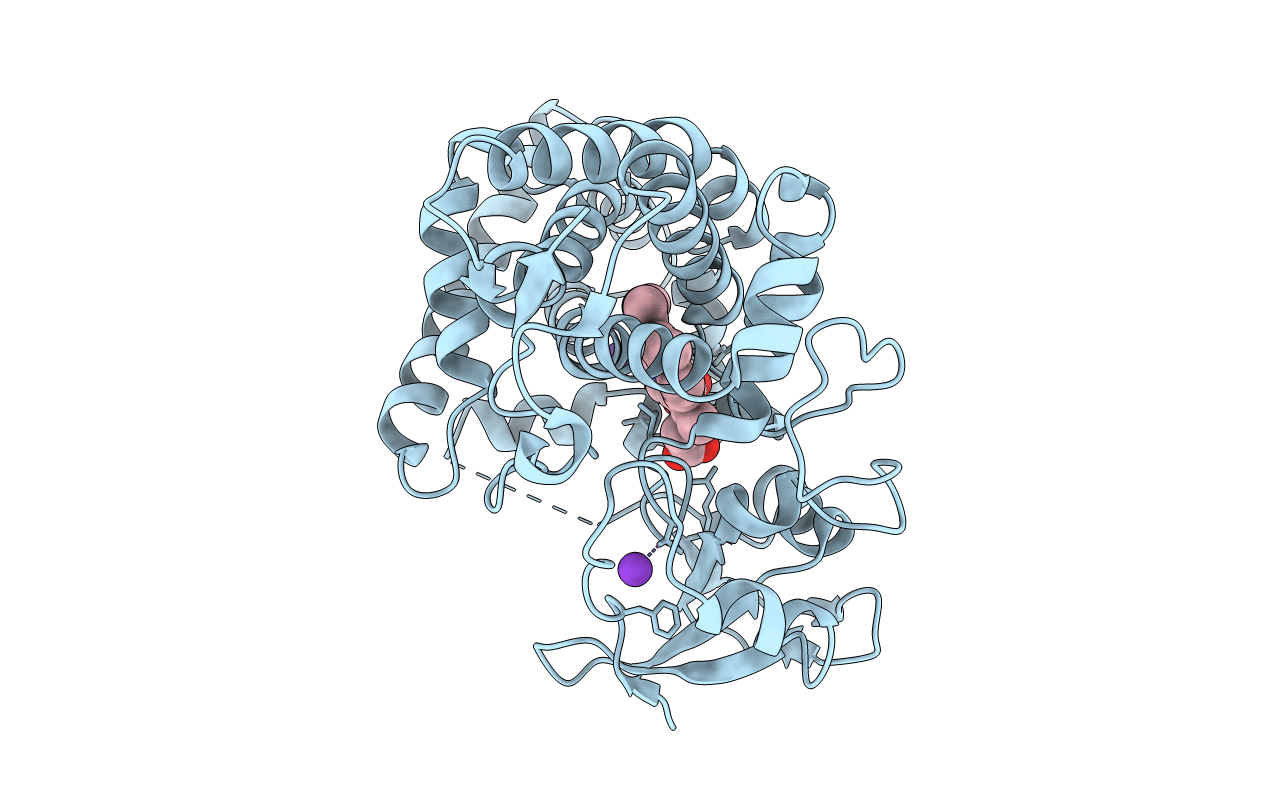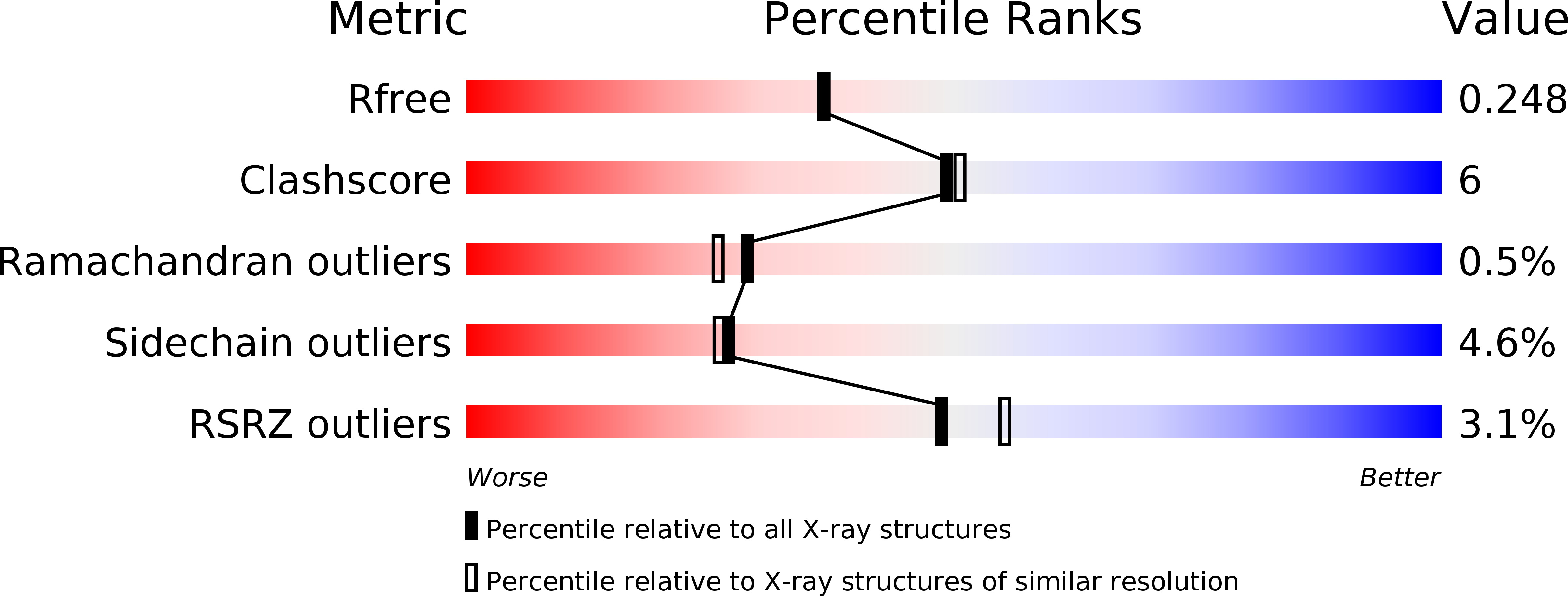
Deposition Date
2014-10-21
Release Date
2015-04-22
Last Version Date
2024-11-06
Entry Detail
PDB ID:
4WPZ
Keywords:
Title:
Crystal structure of cytochrome P450 CYP107W1 from Streptomyces avermitilis
Biological Source:
Source Organism:
Streptomyces avermitilis (Taxon ID: 33903)
Host Organism:
Method Details:
Experimental Method:
Resolution:
2.10 Å
R-Value Free:
0.24
R-Value Work:
0.17
R-Value Observed:
0.18
Space Group:
P 43 21 2


